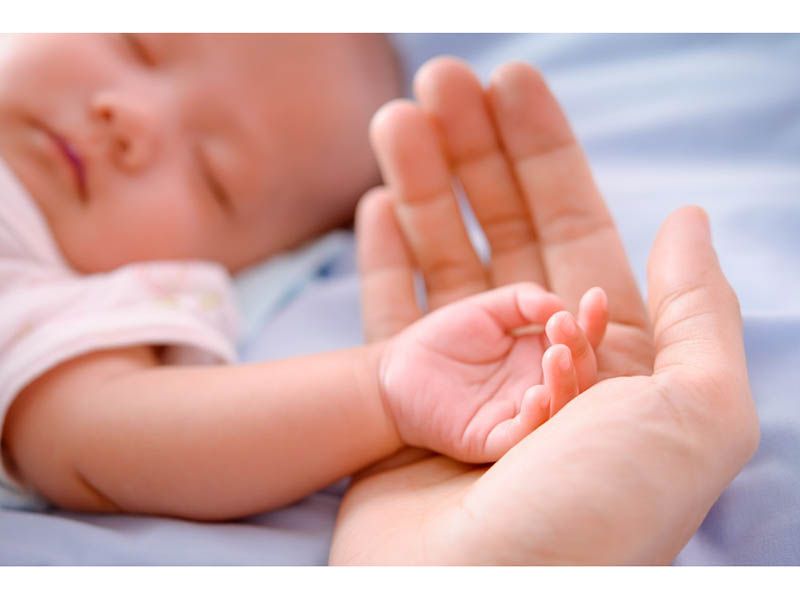Systematic literature review shows no significant improvement in umbilical artery pH or other neonatal outcomes
THURSDAY, Jan. 21, 2021 (HealthDay News) — Use of maternal oxygen during childbirth is not associated with improved neonatal outcomes, according to a review published online Jan. 4 in JAMA Pediatrics.
Nandini Raghuraman, M.D., from the Washington University School of Medicine in St. Louis, and colleagues conducted a systematic literature review to identify randomized clinical trials comparing oxygen to room air at the time of scheduled cesarean delivery or labor in patients with singleton, nonanomalous pregnancies.
Among 16 included studies (1,078 patients in the oxygen group; 974 patients in the room air group), the researchers observed significant heterogeneity; however, overall, oxygen administration was associated with no significant difference in umbilical artery (UA) pH (weighted mean difference, 0.00; 95 percent confidence interval, −0.01 to 0.01). There was an increase seen in UA PaO2 (weighted mean difference, 2.57 mm Hg; 95 percent confidence interval, 0.80 to 4.34 mm Hg) associated with oxygen use, but there was no significant difference in UA base excess, UA pH <7.2, Apgar scores, or neonatal intensive care unit admissions. Oxygen use in women undergoing scheduled cesarean delivery was associated with increased UA PaO2 (weighted mean difference, 2.12 mm Hg; 95 percent confidence interval, 0.09 to 4.15 mm Hg) and a reduction in the incidence of UA pH <7.2 (relative risk, 0.63; 95 percent confidence interval, 0.43 to 0.90), but these findings were not seen among women using oxygen during labor (PaO2: weighted mean difference, 3.60 mm Hg [95 percent confidence interval, −0.30 to 7.49 mm Hg]; UA pH <7.2: relative risk, 1.34 [95 percent confidence interval, 0.58 to 3.11]).
“It is such a common practice because the thought is that by giving mom oxygen, we are increasing oxygen transfer to the baby,” Raghuraman said in a statement. “However, the results of this study suggest that oxygen is not helpful in these cases and that the practice could be safely discontinued for many women.”
Editorial (subscription or payment may be required)
Copyright © 2020 HealthDay. All rights reserved.








